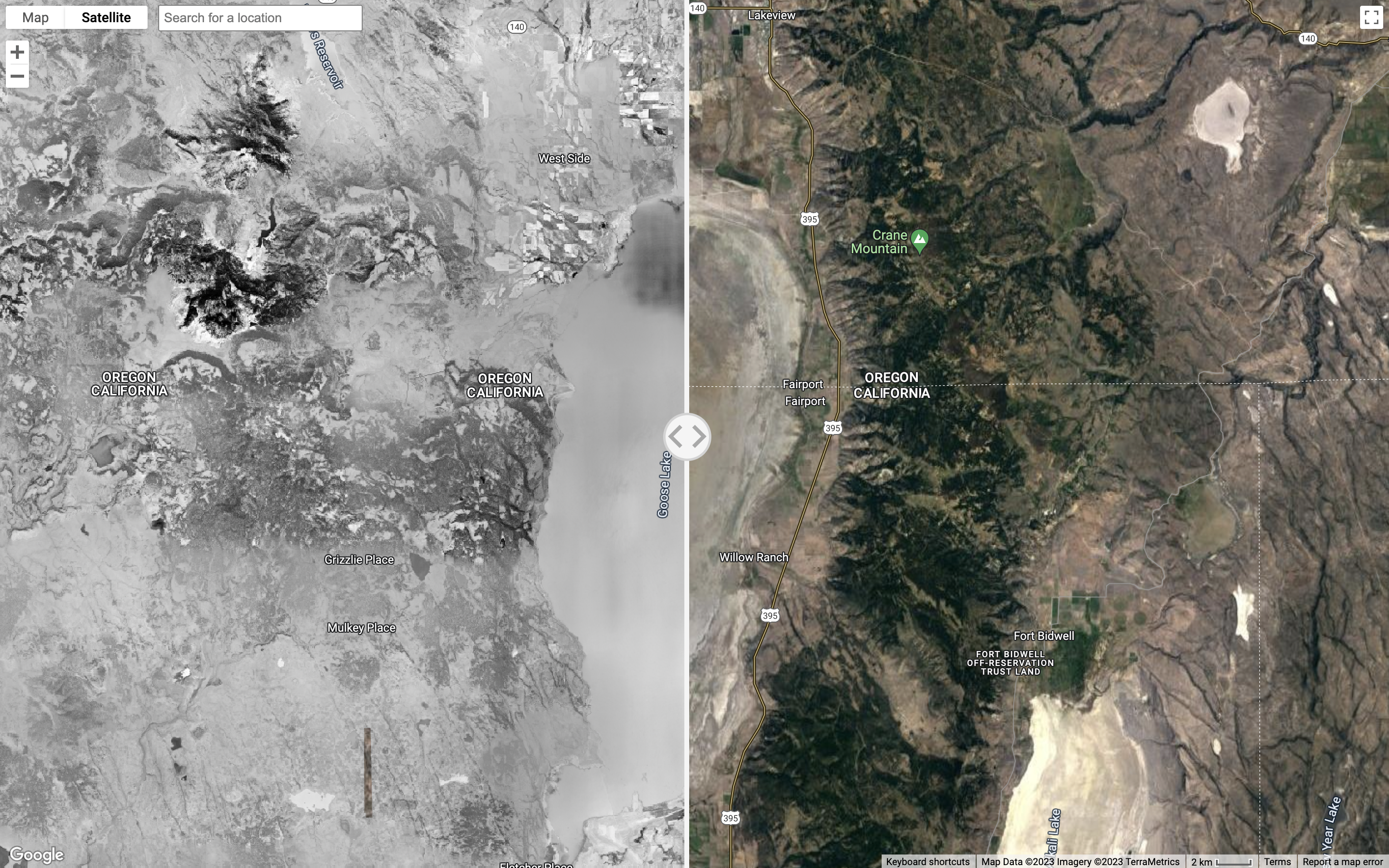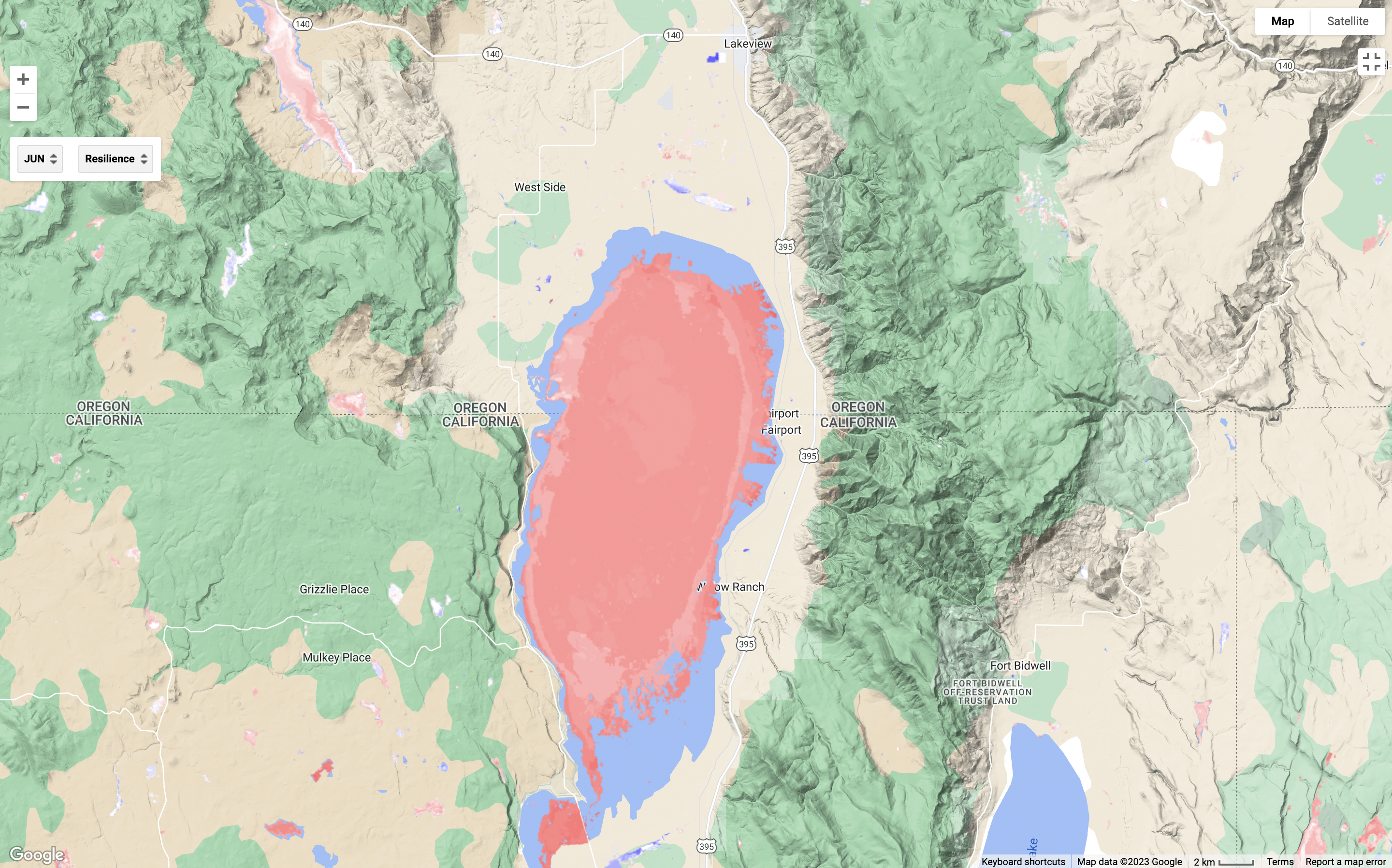Landscape Explorer: A Powerful Conservation Tool
Conifer encroachment in Southwest Montana, as demonstrated by the Landscape Explorer Interactive Map Application.
Have you ever heard of shifting baseline syndrome? This concept—that humans tend to gradually shift the way they perceive what is “normal” for the environment around them—is important to keep in mind in landscape conservation across the Intermountain West. Looking to the past is one good way land managers can plan for future desired conditions.
A new tool from Working Lands for Wildlife can help them do just that. The Landscape Explorer Interactive Map Application takes historical imagery from the mid-twentieth century and juxtaposes it next to satellite imagery of current landscape conditions. It’s easy to use—just position the map on the area you’re working in and see how it’s changed over the last several decades by moving the slider.
Working Lands for Wildlife intends users to be able to look at conifer encroachment (see video above), urban development, and crop conversion. Here at the IWJV, we’re excited about this tool as a high-level way to visualize the landscapes we work in across the West—and the challenges they’re facing. When paired with local knowledge and other spatial data applications (like the Wetland Evaluation Tool, which helps users visualize changes in surface water availability—sometimes due to landscape changes like conifer encroachment and urban development), Landscape Explorer can tell us a lot about the areas our partners are working to conserve.
How will you use Landscape Explorer?
Both of the above images depict Goose Lake on the California/Oregon border. The image on the left was taken in Landscape Explorer, showing the lake in the 1950s (left) and present-day (right). The image on the right was taken in the Wetland Evaluation Tool’s resilience module, which captures satellite data from the 1980s to the present to determine if a landscape is getting drier (red), wetter (deep blue), or staying the same (white). Unsurprisingly, the two images match up!



